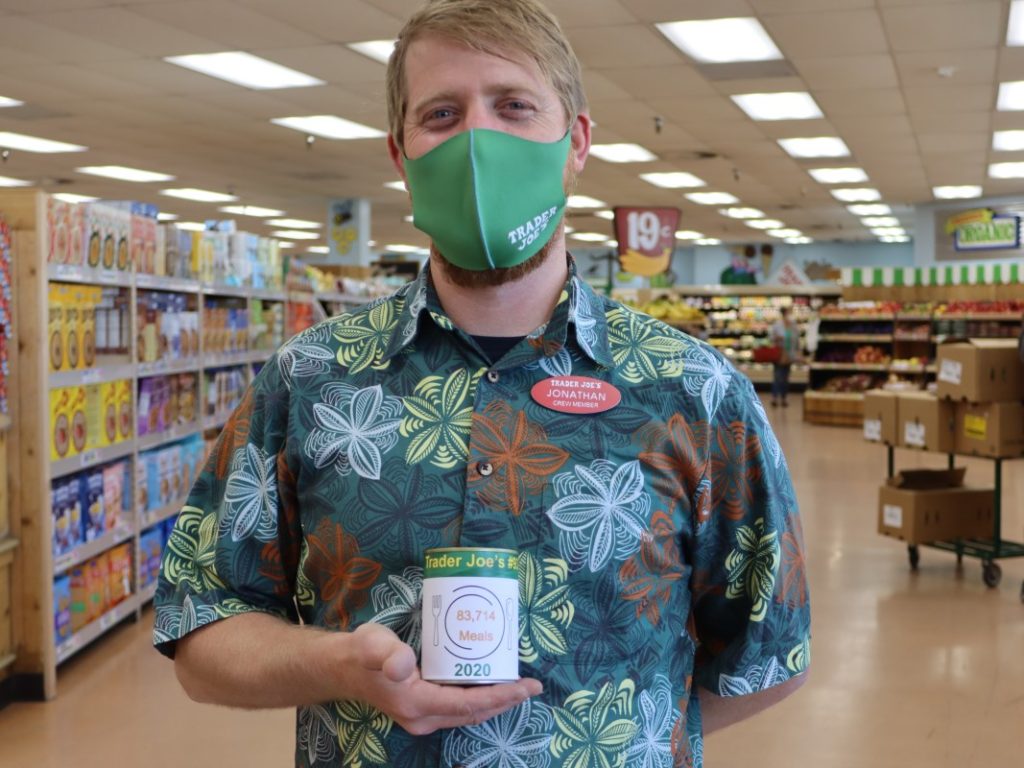United Food Bank is able to distribute food through 150 agency partners thanks to our food and grocery partners and food drives.
United Food Bank’s Beginnings, Present & Future
United Food Bank’s history is deeply rooted in the East Valley and dates back to July of 1983 when it began operations as United Food Distribution Center, Inc. The Food Bank was started as a nonprofit joint venture among East Valley cities and their respective United Ways to gather and distribute food to East Valley organizations that were helping feed those in need. The Food Bank assisted 28 different community partners that first year, and some are still partners today like the Mesa Senior Center, The Apache Junction Food Bank, and the Chandler Christian Community Center.
In 1985, the Food Bank’s service geography expanded to its current area of Gila, Pinal and southern Apache and Navajo Counties along with the original service area in the East Valley of Maricopa County.
The Food Bank has grown to meet the increased need from people in our service area. Our service area of 19,608 square miles includes some of the most remote areas in the state. Places like Sanders, Arizona, where there are only a couple of places to purchase food, and the next town is 40 miles away.
To serve the most people possible, United Food Bank collaborates with more than 120 partner agencies and programs helping feed families, children, and seniors.
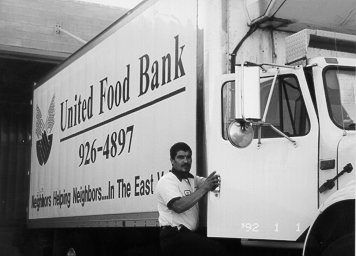
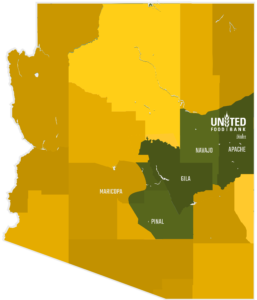
Where Does the Food Come From?
Food comes to the Food Bank from many sources. It comes to us from the Federal Government through The Emergency Food Assistance Program, a Federal program that helps supplement the diets of low-income Americans, including elderly people, by providing them with emergency food and nutrition assistance at no cost. We also receive millions of pounds each year through our grocery rescue program from retail partners to distribute to our community partners. Through our partnership with Feeding America, we have access to donations from corporations like ConAgra, Kraft, and General Mills & Kelloggs. We also receive a lot of food from the community food drives and individual donors throughout the year – some of the largest food drives include Scouting for Food, the National Association of Letter Carriers Food Drive, and our Christmas in July food drive. Through our partnership with the Association of Arizona Food Banks and other food banks in Arizona, we are able to secure large donations through statewide programs. However, even with all the food we receive from these sources, there are still nutritional gaps and we purchase produce, proteins, and other nutritional foods to provide our clients and community partners with a well-balanced variety of foods.
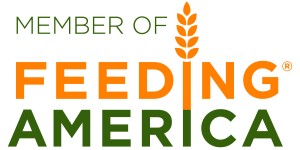
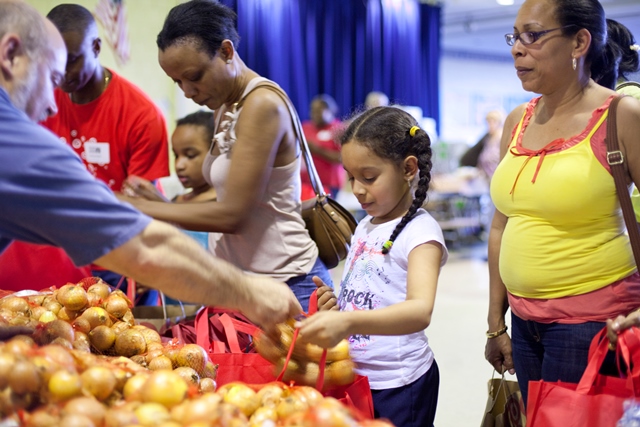
Where Does the Food Go?
The food we receive has one destination: to feed hungry people in our community. We work with community partners across our service area that operate food programs like food pantries, meal sites, after-school youth meal programs, as well as distributing food on our own through our mobile pantries and Help Yourself Program.
What Does United Food Bank Need More – Food or Money?
We appreciate both. We depend on many yearly food drives to replenish our shelves when donations decrease. However, with our partnerships with Feeding America and the food industry monetary donations go much further. We can obtain truckloads of nutritious foods for the cost of transporting it to our warehouse. In fact, for every $1 donated we can distribute five meals to hungry people.
Grocery Rescue Program
Each year, about 40 percent of the food produced for people to eat in the United States goes to waste. United Food Bank is working to get some of that food into the hands of those who need it. The program is designed to recover a variety of nutritious foods from local grocery stores for food pantries and meal programs. Some of our most-needed items can help feed hungry people instead of ending up in landfills. Foods like meats, dairy, deli products, produce, frozen and refrigerated foods, as well as shelf-stable foods. United Food Bank’s retail relations and operations teams coordinate scheduled donation pick-ups with local grocery retailers. Donations will be picked up by our refrigerated trucks or by our authorized partner agencies. Currently, we are working with more than 150 local grocery stores in our community. United Food Bank is proud to partner with stores such as Albertsons’, Bashas’, Costco, CVS, Food City, Fry’s Food Stores, Paradise Bakery, Safeway, Sprouts Farmers Market, Target, Trader Joe’s, Walmart, and Winco.
